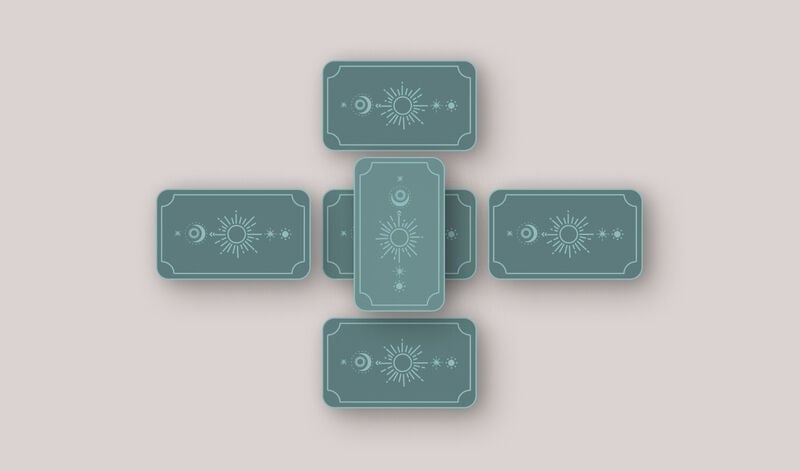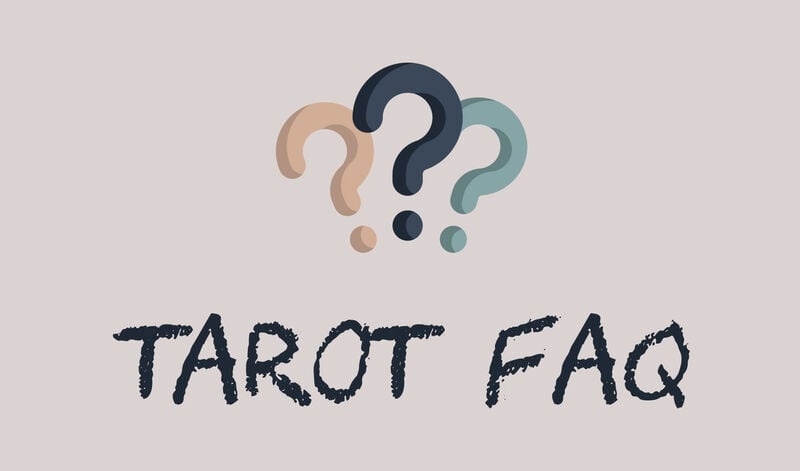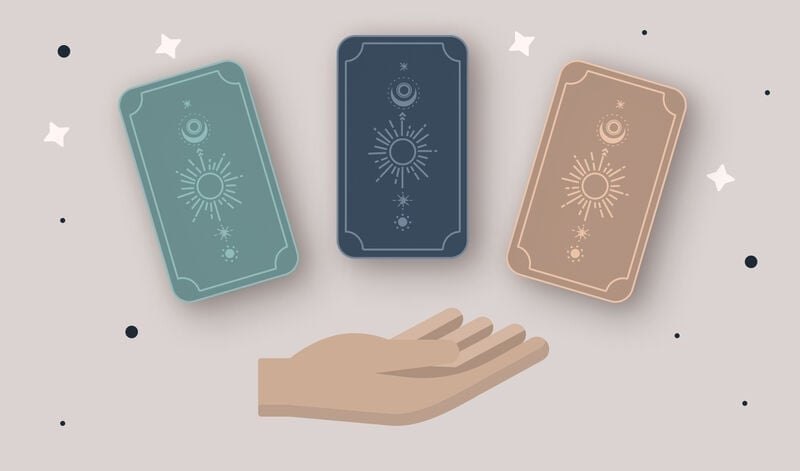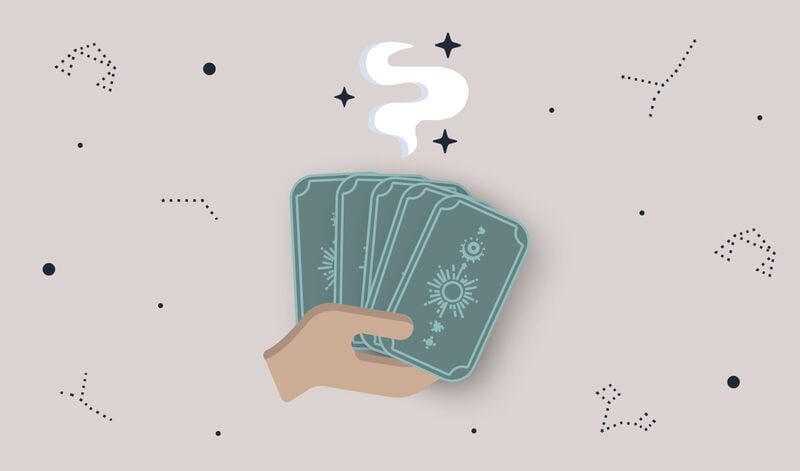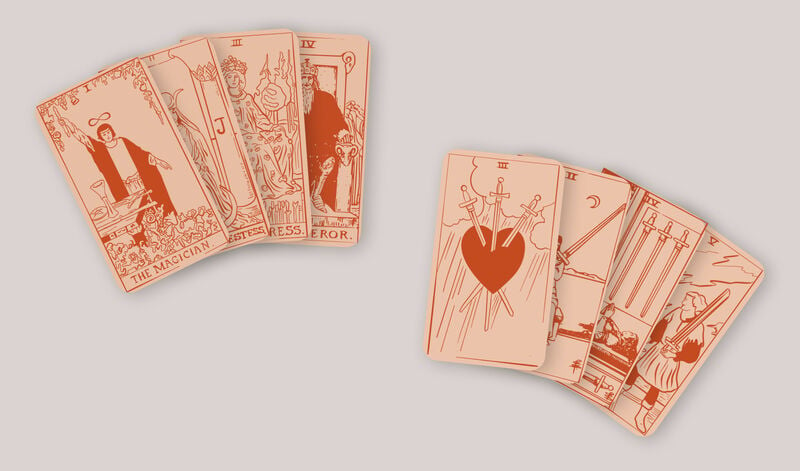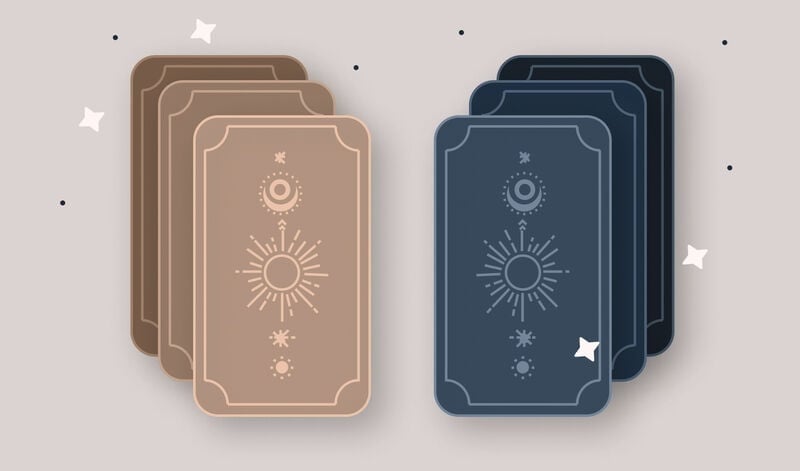Tarot origins to this day aren’t 100% certain but are said to date to Italy in the late 14th to early 15th century. Tarot was mostly found in the courts of Florence, Milan, and Ferrara. It started as a type of playing cards, it is reminiscent of what would remind you of today's bridge. This Italian playing card game was called Tarocchi. This game ultimately made its way to additional European countries such as southern France, where it was renamed as what is known today as tarot. It wasn’t until the 18th century that it was considered mystic.
Tarot Origins
Studying Tarot history is still quite challenging because its history is extremely altered and fragmented. First emerging in Europe during the 1400s, the more time that passes the more difficult it becomes to discover their original origins and evolution. Tarot took shape during a sensitive time both religiously and politically. This being the case, tarot had to be concealed and practiced discreetly because it was deemed obscure and radical for the time.
In the past, countless generations of academics had to join secret societies and pledge to keep the information confidential to gain access to Tarot knowledge. Tarot has come a long way with the abundance of information accessible via the internet in the present day.
Those new to tarot may not even be able to comprehend the sacrifices that those of the past had to make to protect the traditional 78 Tarot card deck. What makes this even more complex is the fact that over the last 3 centuries the desire to conserve the secrecy of tarot due to cultural pressures has caused not only inconsistencies in ancient Tarot practices but also reinterpretations of it. As a result, there are a variety of narratives that are hypothesized and promoted when it comes to Tarot origins. These narratives have then oftentimes been pushed forth for a political or commodified agenda.
Tarot Cards
Over time, Tarot card readings have turned into a source of insight and self-awareness for countless individuals who seek further knowledge and understanding. They are integrated into today’s current culture and yet the practices of the cards connect to traditions going back centuries. One of the earliest surviving decks is referred to as the Visconti-Sforza deck. This deck was originally commissioned by the Duke of Milan, Filippo Maria Visconti, and his son-in-law. This deck continues to have extensive influence on current decks when it comes to visual structure, numbering, and deciphering.
This deck is representative of an incomplete set of about 15 cards originating in the 15th century. These tarot cards are present in a variety of museums, personal collections, and libraries located across the globe. There is no complete Tarot deck that has survived from this time, all decks have appeared with only a few or even a single card from such a deck. These cards are representative of a period when tarot was still known as Trionfi. Trionfi, in English “trump card,” refers to the Italian playing cards. These cards incorporate symbolic content of the same cards used in the Tarocchi games previously mentioned.
Tarot Popularity
In the 18th century tarot gained a surge of popularity, in Europe it became one of the most played games out of all the card games of the time. It was played across Europe with the exemption of Britain and Ireland, the Ottoman Balkans, and the Iberian peninsula.
Tarot gained popularity in America during a trend brought on in the early 1900s by various mystic groups. Countless Americans who practice tarot use a deck referred to as the Rider-Waite-Smith deck, developed by A.E. Waite in 1909 with the help of the artist Pamela Colman Smith. He was a member of the Hermetic Order of the Golden Dawn, an organization that helped develop supernatural beliefs and practices outside science and religion, Occultism.
Transformative Viewpoints
With many skewed representations of tarot, especially in pop culture, there are many common misconceptions of it. Some believe the cards can predict the future while some may be fearful of it. To the contrary of these stereotypes, Tarot can be used to find positive guidance in many aspects of life and can provide a source of support in one’s daily life. In modern society, more and more people are familiarizing themselves with the world of tarot and allowing themselves another source of counsel through the Tarot cards. Tarot by no means dictates the future, but it can offer some direction to help in future decision-making.









